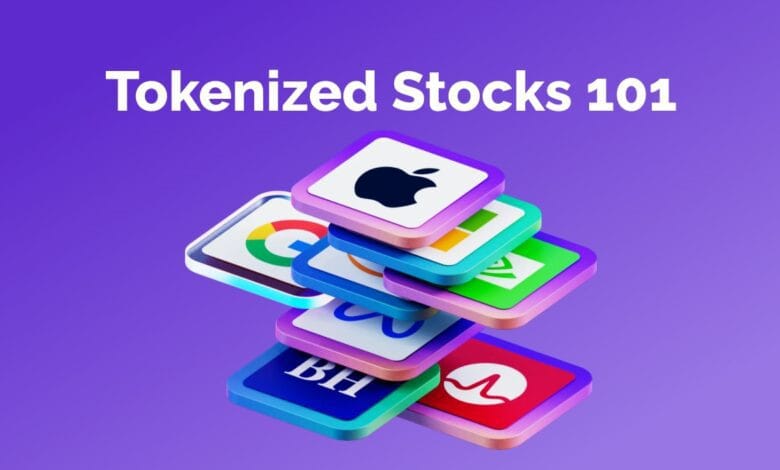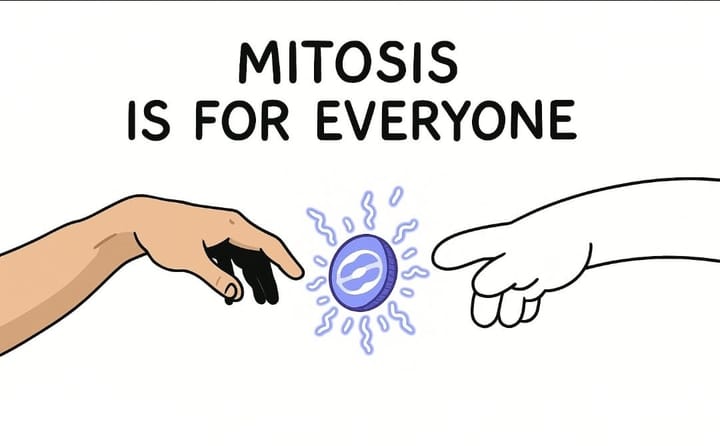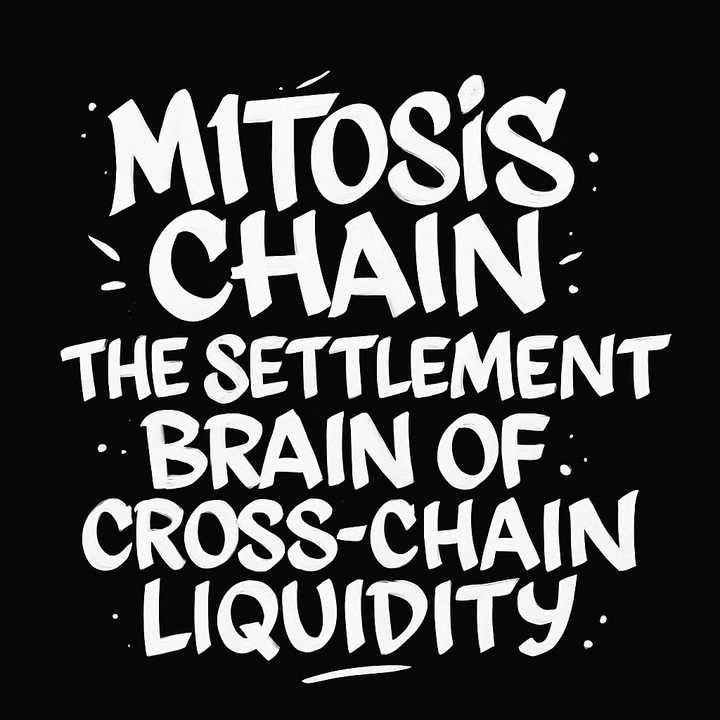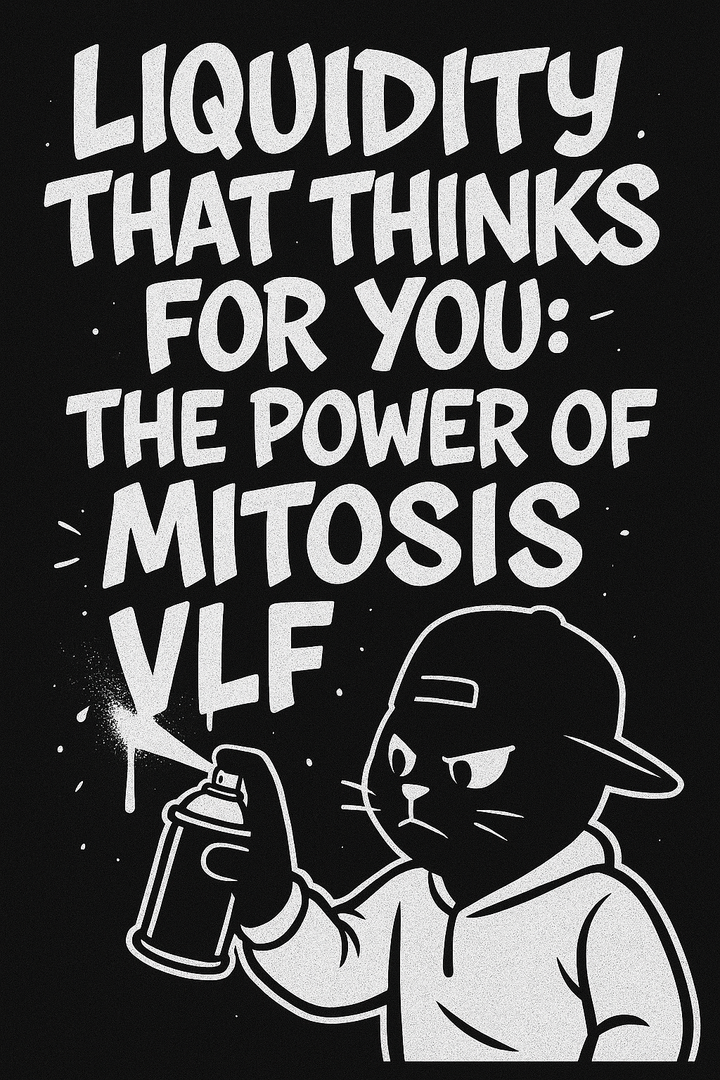Tokenized Stocks: Alternative to Brokers or Just an Illusion?

Tokenized stocks digital tokens that mirror the value of real equities have been touted as a way to democratize investing. Platforms like Robinhood, Kraken, and others have begun offering “stock tokens,” promising 24/7 trading, fractional ownership, and global access to shares of companies like OpenAI or Tesla without a traditional broker. But do these tokenized shares truly grant the same benefits as owning stock, or are they a beautiful illusion? Below, we examine how tokenized stocks work, their benefits, and the serious caveats that suggest they are no substitute for actual shares.
- Synthetic Exposure, Not Real Ownership: When you buy a tokenized stock, you are not buying a share of the company – you’re buying a token that represents a share held by an intermediary (or is simply pegged to the stock’s price). This means no voting rights, no dividends, and no legal ownership of the underlying company’s equity. It’s essentially a derivative contract dressed up as a stock.
- How It Works – SPVs and Custodians: Most tokenized stock offerings operate via a special-purpose vehicle (SPV) that holds the actual stocks. Your token corresponds to a tiny slice of that SPV’s holdings. For example, Robinhood’s tokens for private companies like OpenAI are backed by an SPV that Robinhood set up and funded. The SPV is the real shareholder, not the token holders. In some cases, tokens might not even be backed 1:1 with shares (they could simply track an index or price feed).
- 24/7 Trading – Benefits and Limits: A selling point is that token markets run round-the-clock. This can improve liquidity and access, allowing users in any time zone to trade at any time. However, true 24/7 parity with stock markets doesn’t exist. When the underlying stock market is closed (weekends or off-hours), market makers for the token cannot hedge, so liquidity dries up and prices can drift from the real stock value. Wide spreads and volatility make weekend trading “a sketchy casino” rather than a reliable market.
- No Investor Protections or Transparency: Real stocks come with regulatory disclosures – SEC filings, quarterly reports, shareholder rights – which help investors assess value and give legal recourse. With tokenized stocks (especially of private companies), those disclosures are absent. Investors must rely on unofficial info like secondary market valuations or leaks. There’s also no guarantee of redemption – you usually can’t swap the token for an actual share certificate. Your recourse if something goes wrong with the issuer is unclear.
- Regulatory Arbitrage and Risks: Tokenized equities occupy a gray zone. In the U.S., regulators consider many of these tokens as unregistered securities. For instance, Binance had to shut down its tokenized stock offerings in 2021 after regulatory scrutiny. Robinhood is initially offering token stocks only in Europe, where regulatory sandboxes (under frameworks like MiCA and ECSP) provide more leeway. This means U.S. investors largely can’t legally access these products yet, and those who can should remember that regulations differ – you may not have the same protections as with a regulated broker in a major jurisdiction.
- Whose Liability? Another risk: you are trusting the platform or issuer to actually hold the underlying asset (if they claim to). If that company folds or the SPV has legal issues, your tokens could become worthless. OpenAI itself publicly warned that Robinhood’s tokenized “OpenAI stock” “isn’t real equity” and was offered without OpenAI’s involvement. They cautioned investors to “please be careful,” highlighting that any transfer of real OpenAI shares requires approval (which wasn’t obtained). In other words, token holders might have no enforceable claim on OpenAI’s actual shares.
- Comparisons to Stablecoins – A False Analogy: Proponents liken equity tokens to stablecoins (which made dollars usable on blockchain). But critics note stablecoins solved a real problem (24/7 USD transfers), whereas token stocks don’t solve anything that wasn’t already possible. Fractional ownership? Many brokers offer fractional shares. Global access? Investors could use depositary receipts or CFDs. Lower fees? The tokenization process often adds new middlemen and costs. So, token stocks sometimes repackage what exists, without a breakthrough improvement for the end-user.
- DeFi Use and Cascade Risk: Some DeFi platforms might accept tokenized stocks as collateral. This is highly risky. Because of the aforementioned liquidity gaps, a token stock’s price could swing or deviate from the real stock price on weekends or volatile periods. Using these as loan collateral could trigger liquidations from slight price moves, potentially causing a cascade in DeFi markets. A sudden liquidity crunch or oracle failure on a tokenized asset could impact multiple protocols – a systemic risk that traditional stocks don’t pose in the same way.
- The Real Future – Native On-Chain Equities: Many experts argue that the true promise of blockchain in equities is direct, on-chain issuance of stocks by companies themselves. In that scenario, the token is the share, conferring voting rights, dividends, and governed by smart contracts (for transparency and automation). Some jurisdictions are exploring this: e.g., Spain now allows companies to issue equity on-chain, meaning the blockchain record is the official share registry. These “native” equity tokens would eliminate SPVs and trust intermediaries. However, this future requires legal changes and broad adoption – we’re not there yet.
How Tokenized Stocks Work (and Where They Fall Short)
A tokenized stock is essentially a digital wrapper around an equity investment. Platforms will either 1) hold the actual stock in custody and issue blockchain tokens that represent claims on that stock, or 2) simply create a token that tracks the stock’s price (sometimes via a derivatives contract or price oracle), without one-to-one backing. In both cases, the goal is to let users buy a token on a crypto exchange that behaves somewhat like the stock.
For example, when Robinhood announced tokenized shares of OpenAI and SpaceX for European customers, it framed it as opening access to high-growth private firms normally out of reach. Indeed, these companies are not publicly traded, so average investors can’t easily buy them. The token tracks the secondary market valuation of the company (OpenAI’s estimated ~$30B valuation in that case). By using blockchain, Robinhood can offer trading 24/7 with lower minimum investment sizes. This sounds revolutionary – but what exactly does the buyer own? In Robinhood’s case, the tokens give “indirect exposure” via Robinhood’s ownership stake in an SPV that holds the private shares. Vlad Tenev, Robinhood’s CEO, even clarified that while the tokens aren’t technically equity, they “effectively give exposure” to the assets. In plainer terms: you’re betting on the price of OpenAI or SpaceX, but you do not become a shareholder.
Because you’re not a legal shareholder, you forgo rights like voting in shareholder meetings or receiving official dividends (if any). If the company gets acquired or goes public, it’s up to the token issuer how (or if) those events translate to token payouts. This is why fintech analysts warn that tokenized shares are “a derivative in equity clothing,” not true stock ownership. The upside is convenience: you can trade these tokens easily alongside crypto assets, and potentially access companies that aren’t on public markets. The downside is layered risk and complexity.
Regulatory Landscape: Sandboxes vs. Crackdowns
The current landscape for tokenized stocks is fragmented. In the U.S., regulators like the SEC have viewed these offerings skeptically. When exchanges (Binance, FTX, etc.) tried offering tokenized versions of Tesla or Apple stock, regulators raised concerns that these were essentially unregistered securities offerings. Binance had to cease its token-stock program in 2021 after such pressure. U.S. law requires stock issuance to follow strict rules, and wrapping stocks into tokens doesn’t bypass that – if anything, it adds questions (Is the token a security of its own? Who is the issuer?). As a result, major U.S. platforms have been cautious or avoided this space entirely.
In contrast, Europe has been more permissive, thanks in part to clearer guidelines for digital assets. The EU’s MiCA regulation and specific frameworks like the European Crowdfunding Service Provider Regulation provide a legal basis for certain tokenized offerings. Liechtenstein, for instance, has a Blockchain Act that explicitly recognizes tokenized securities. This is why we see innovative offerings in Europe: e.g., Germany’s Fractional and Switzerland’s Sygnum bank have dabbled in tokenized equities, and now Robinhood chose Europe for its pilot. Europe’s approach is essentially a sandbox – allowing these experiments within defined rules (e.g., whitelisted investors, disclosure requirements for the issuer of the token, etc.). That said, even in Europe, investor protection laws still apply – and if a token is deemed a security, the issuer must comply with prospectus and licensing rules (some offerings use regulatory exemptions to stay legal).
For retail users, this means you should check the jurisdiction and legal terms. A tokenized Apple stock on a reputable European platform might come with at least some guarantees (maybe the platform is licensed, and the token represents a claim on a custodied share). On a sketchy offshore exchange, a “Tesla token” could be purely synthetic and leave you with nothing if the site disappears.
The Illusion of Equity and the Path Forward
Critics have not been shy about calling out tokenized stocks as an illusion of democratization. The LinkedIn article “The Tokenized Stock Illusion” by Elroie Agam highlights that these products bring “all the same limitations [of traditional finance], and a few new risks”. Early data shows that tokenized stock markets can be dominated by large players just like traditional markets, and technical issues (like the inability to arbitrage during closed market hours) introduce new problems. In one striking comparison, Agam notes that stablecoins succeeded because they delivered something new (continuous, borderless dollars), whereas token stocks don’t meaningfully improve stock tradingl. Traditional brokers already offer many of the benefits (fractional shares, low fees, access via ADRs), and token stocks add pitfalls like potential liquidity crises in DeFi, or dependence on a central issuer’s solvency.
However, this doesn’t mean the concept is dead. It likely means the current model needs to evolve. Many believe the real revolution will come when companies issue shares natively on blockchain. In that future state, owning the token is owning the stock. Smart contracts could automate dividends and voting. Middlemen like transfer agents or even brokerages could be reduced. We are seeing the first steps: as mentioned, Spain has legalized on-chain stock issuance, and companies like Siemens have issued tokenized bonds. Some crypto exchanges are exploring partnerships to host regulated security tokens (essentially digital stocks) once frameworks mature.
Until that happens, tokenized stocks remain a niche product. They can provide convenience and access in certain scenarios, but they should be treated as high-risk derivatives, not as a replacement for owning stocks. Investors interested in them need to do extra due diligence: read the token’s terms (does it promise any claim on shares or just cash settlement?), check if the issuer is reputable and regulated, and be wary of low transparency. As one analyst put it, “if it looks like a stock but doesn’t act like one, it probably isn’t one”. In other words, don’t be fooled by the stock-like veneer. These tokens might be useful for short-term speculation or novel strategies, but they are not a true equity investment in a company.



Comments ()